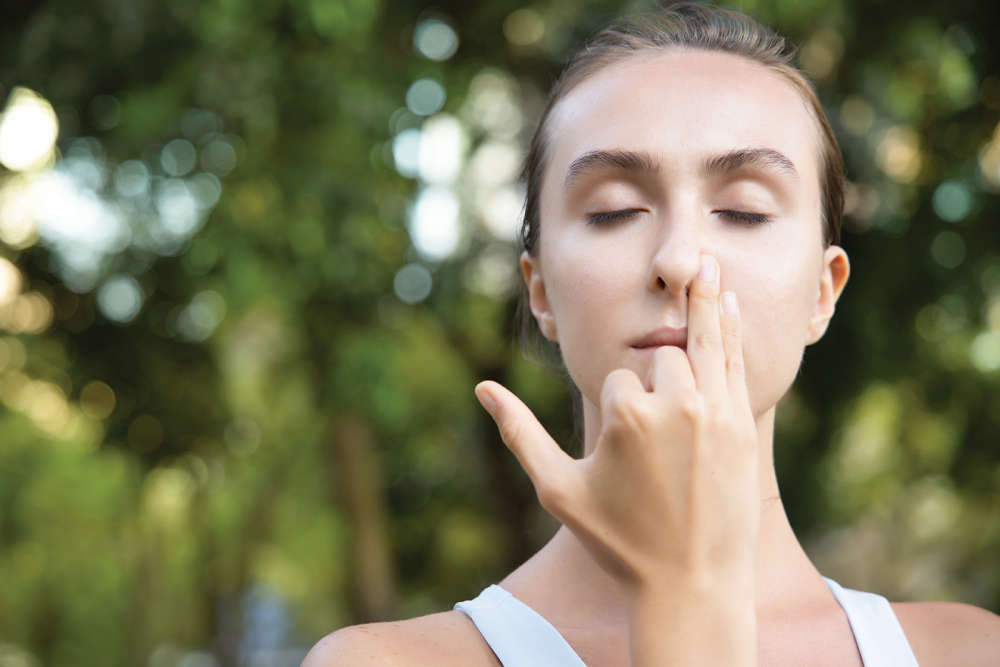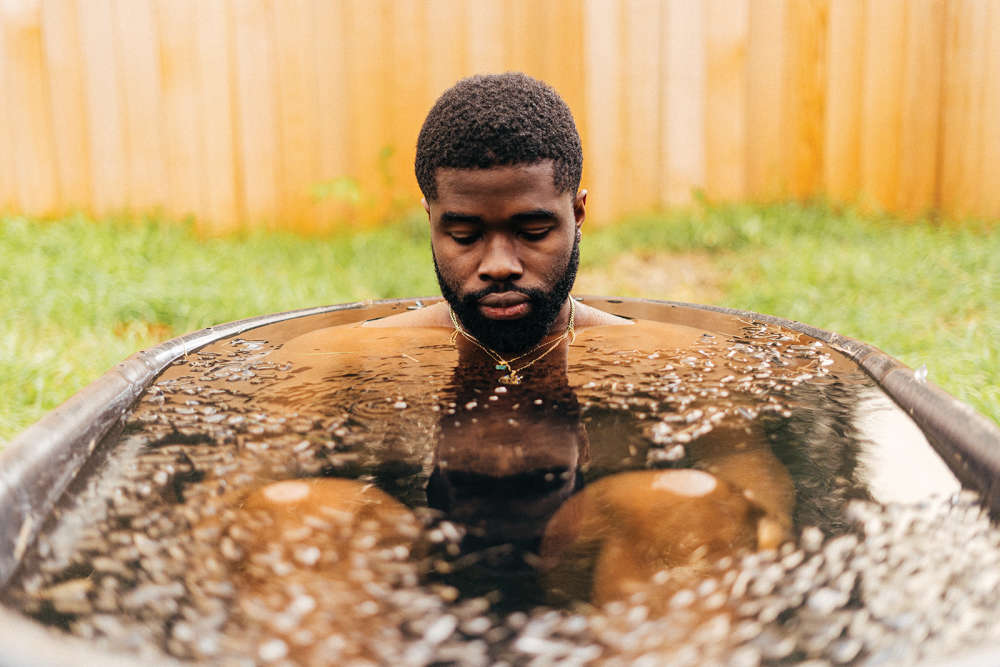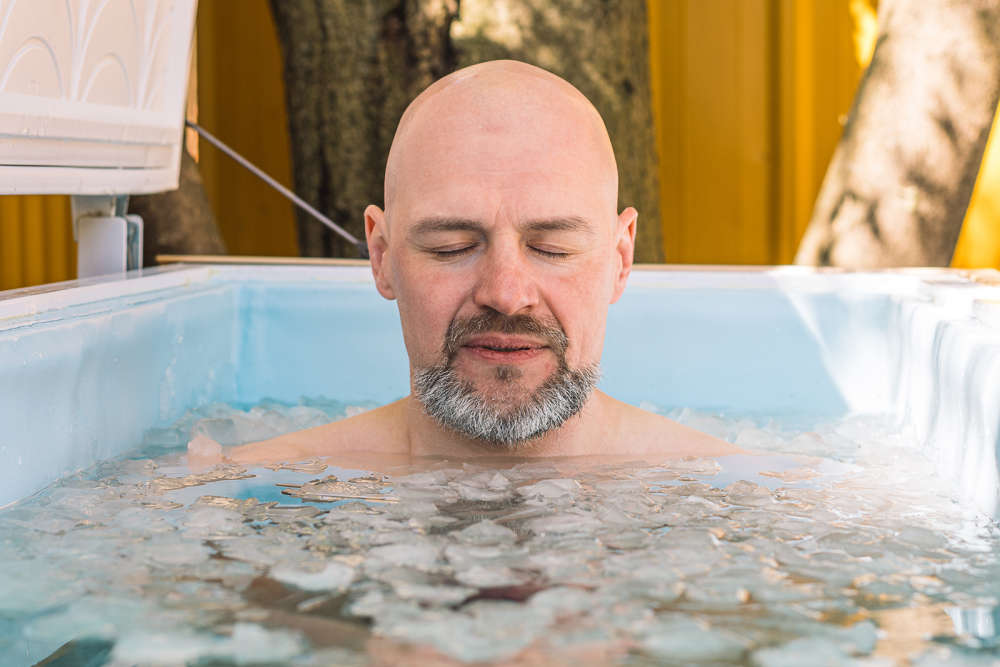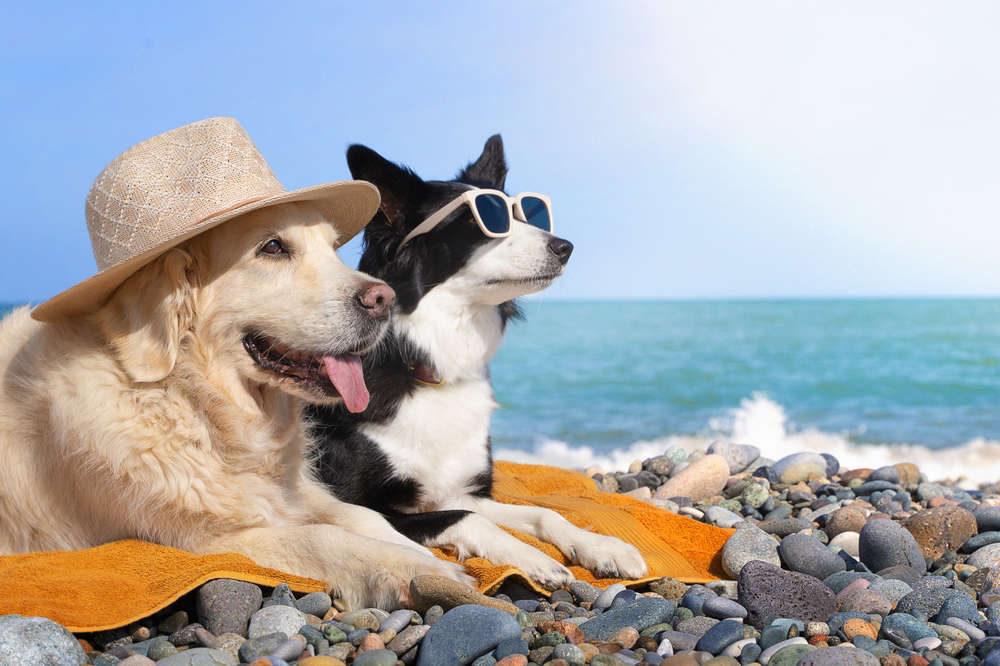
This month Sara Whatley delves into deep breathing for wellness and cold-water therapy for movement
Life can bring with it a lot of stressors, but thankfully there are some brilliant ways to lessen the stress and make ourselves feel great again. The breath runs through each of these practices; let’s jump in and take a closer look at breathing, and cold- water therapy.
WELLNESS: BREATHING

The breath can be an indication of what is going on in the rest of your body. Slow and steady breaths indicate a calm, relaxed or sleepy state, and if you are stressed, scared or anxious your breath will be shallow and fast.
Deep breathing can be used as a very effective tool to help us access our relaxation response. Practicing deep breathing will result in a greater sense of calm and wellbeing, as well as reducing the levels of stress hormones in the blood, lowering blood pressure and heart rate, balancing levels of oxygen and carbon dioxide, and improving the immune system.
This relaxation response is part of the parasympathetic nervous system, which is responsible for calming and relaxing the body, especially after it has experienced stress or danger and the ‘flight, fight, freeze’ response has been triggered.
Two breathing exercises to help relieve stress: For both of these exercises find a quiet, safe spot, sit or lie comfortably and relax your shoulders and jaw.

Box Breathing
If you want to, imagine your breath is drawing a box with each step of this practice. Breathe in for a count of 4, hold your breath for a count of 4, breathe out for a count of 4, and hold your breath for a count of 4. Repeat for however long you want.
Alternative Nostril Breathing
Bringing your right hand up to your nose, press your thumb against your right nostril, blocking it off. Take a breath in through your left nostril. Then, using your ring finger, block off your left nostril and breathe out through your right nostril. Then take a breath in through your right nostril, and out through your left nostril. Carry on in this way for however long you want.
MOVEMENT: COLD-WATER SWIMMING AND PLUNGING

Now, take your breath to the cold! Cold-water swimming and cold plunging can be anything from jumping into cold lakes or the sea, to a cold ice bath or even investing in your own cold-plunge tank.
The idea is to fully or partially immerse yourself in the water, for between two and ten minutes, although you might want to start with less. It can be helpful to mentally prepare before a cold plunge and decide what you will focus on. People often chose their breath or relaxing their muscles.
Why would anyone want to do this, I hear you ask? Well, there are a host of both mental and physical health benefits associated with cold-water therapy, and it can be an exhilarating and bonding experience when doing it with others (you should never do it alone).
I spoke to my neighbour Nathan who has been using a cold- plunge tank for the last two months. “It’s so revitalising and refreshing,” he told me. “And I like the challenge. For the first 20 seconds or so it feels really cold, then your body gets used to it and relaxes. It makes me feel amazing while I’m in the water and afterwards as well.”
Many athletes use cold-water therapy to promote recovery after a strenuous work out, as the cold water can reduce inflammation and muscle soreness, leading to a faster recovery.
It’s very important to listen to your body while you are doing this extreme activity and don’t push yourself as this may lead to hypothermia. It’s also vital to warm up afterwards by dressing in lots of warm layers, having a hot drink and something to eat, and taking a walk can help too. Don’t be tempted to jump into a hot shower though as your body needs to warm up gradually.


 Five Of The Most Wondrous Ancient Ruins In The World
Five Of The Most Wondrous Ancient Ruins In The World
 Five Of The Most Inhospitable Places on the Planet
Five Of The Most Inhospitable Places on the Planet
 Five Animals You Wouldn’t Believe Are Kept as Pets
Five Animals You Wouldn’t Believe Are Kept as Pets
 Five Most Pet-Friendly Destinations in the UK
Five Most Pet-Friendly Destinations in the UK
 Five UK Valentine's Destinations Perfect For A Night Away
Five UK Valentine's Destinations Perfect For A Night Away
Comments
Add a comment